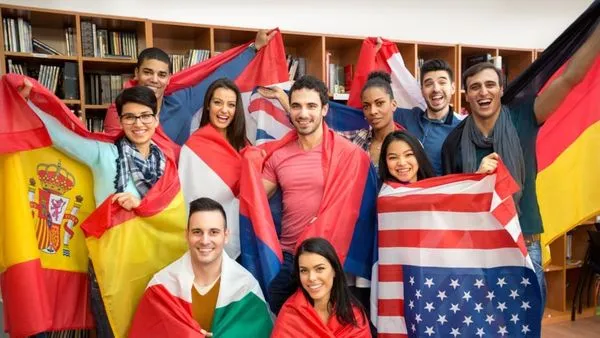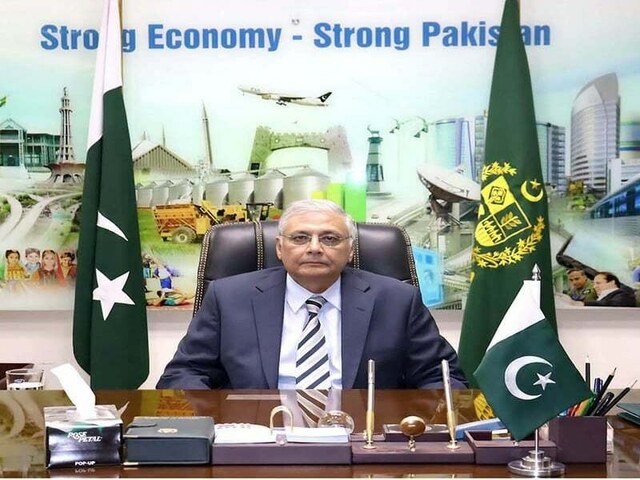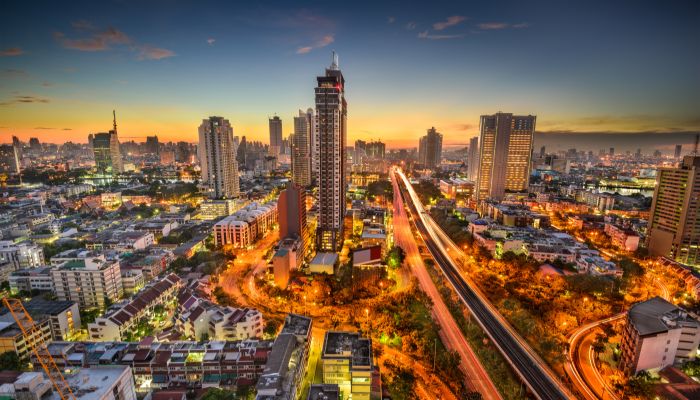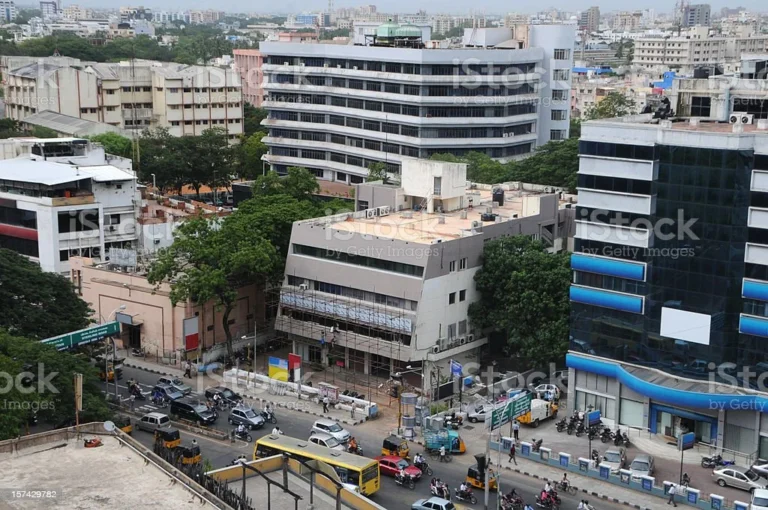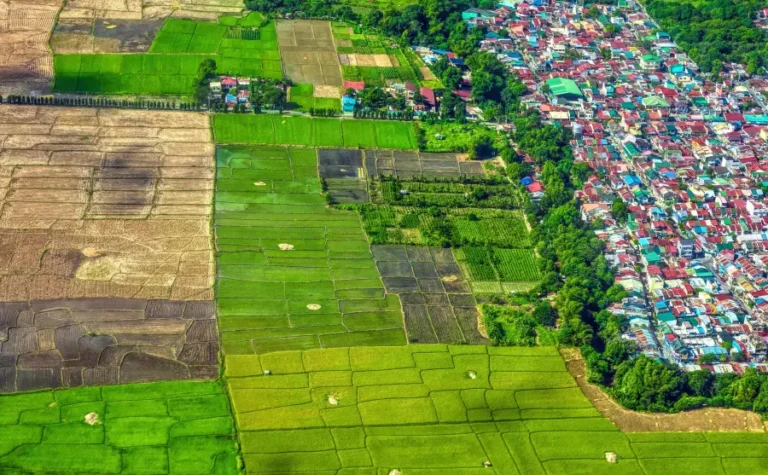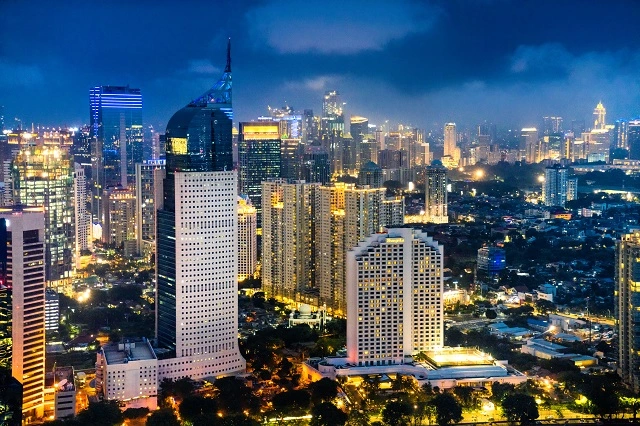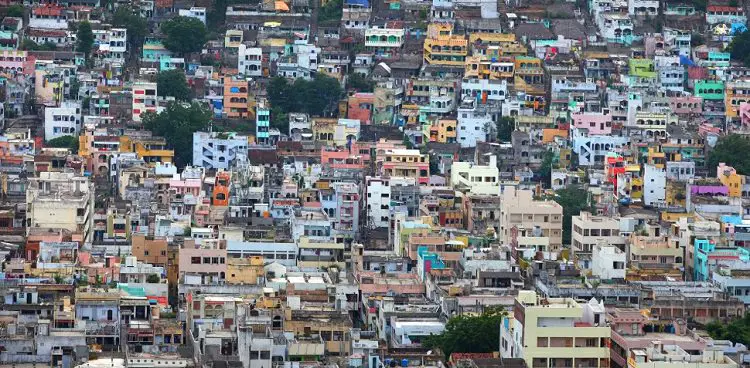Indigenous Urban Planners Meetup Montreal Students, A special meeting recently happened in Kahnawake. Students from the University of Montreal, along with Indigenous planners and architects, came together to talk about making things better in Indigenous areas. Let’s look at what they discussed!
The Importance of Community Involvement
The Chief of Kahnawake, Kasennénhawe Sky-Deer, told everyone how essential it is for young students to spend time in their community. He talked about changing the way things have been done before and how important it is to trust and build relationships with each other. These relationships are super important for making projects successful!
Incorporating Language and Culture in Land Use Planning
A person named Mona Belleau, who is Inuk, spoke to the students. She explained that when we plan how to use the land, we need to think about our language and culture too. She suggested creating programs to help young people become professionals, like architects or planners, who understand and respect our culture.
Indigenous Communities in Urban Planning
The meeting also talked about how Indigenous communities face challenges because not everyone understands them well. Patricia Deer, who plans for Kahnawake, said that a movement called ‘landback’ is helping communities plan better. She shared the story of the Squamish First Nation in Vancouver, who got back some land and are using it to build houses and make money for their community.
Empowering Indigenous Communities
The Squamish First Nation got back about 10.5 acres of land in Vancouver. They have big plans to build houses with proper land use plans as well as master plan so there, and make a lot of money—$10 billion! This exciting move shows how Indigenous communities can take control of their own projects and become more independent.
Conclusion: Uniting for Sustainable Progress
The meeting between University of Montreal students and Indigenous planners in Kahnawake was a great example of people coming together for a good cause. By talking about important things and understanding each other, they’re making a way for a better future. They’re showing us that we can respect our heritage and still move ahead for the better
What are the main challenges in Indigenous urban and regional planning?
Indigenous planning faces representation gaps, cultural insensitivity, historical injustices, and limited decision-making. Addressing these challenges demands inclusivity and fairness in development.
How can Indigenous languages be preserved for sustainable development?
Preserve Indigenous languages through education, community programs, and official usage. Encourage intergenerational communication for thriving languages alongside sustainable growth.
What role does cultural sensitivity play in land use planning?
Cultural sensitivity ensures development aligns with Indigenous cultural beliefs and practices, promoting ownership and cooperation.
How can non-Indigenous individuals support sustainable development in Indigenous areas?
Support through education, advocacy, respecting rights, and backing Indigenous-led initiatives aids sustainable development and collaboration.
How does collaboration between educational institutions and Indigenous communities benefit sustainable development?
Collaboration enriches knowledge, understanding, and sustainable solutions, integrating Indigenous wisdom into holistic development approaches.
Can you provide other examples of successful Indigenous-led sustainable development projects?
Certainly! Successful projects include Maori sustainable tourism in New Zealand, promoting culture and environmental conservation, and Navajo Nation’s solar energy initiatives for economic growth and environmental preservation. These projects showcase diverse possibilities in Indigenous-led sustainable development
